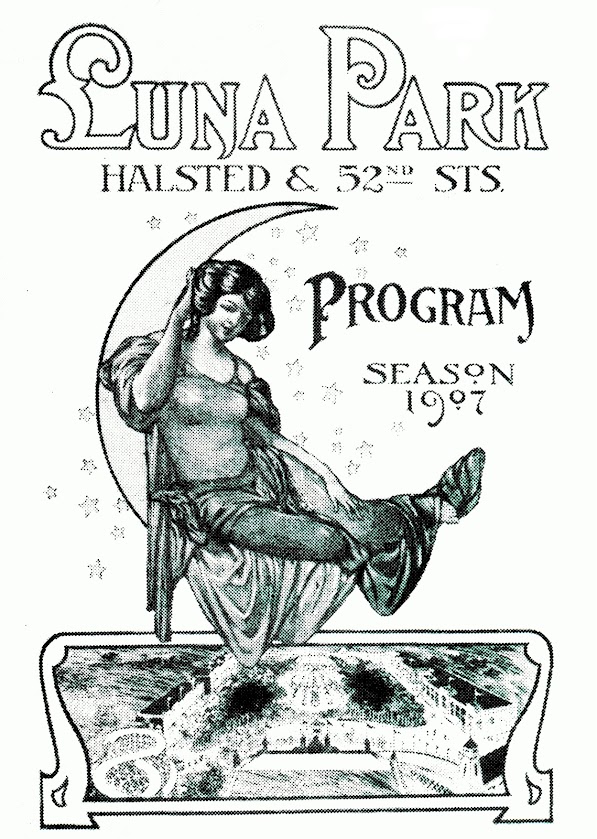
It began in Chicago, Illinois on January 30, 1913, under the initiative of Ida B. Wells-Barnett and her white colleague, Belle Squire; the same year that Illinois gave women partial suffrage–that is, they could vote in local and national, but not state, elections. The club elected officers and held monthly meetings.
The Club aimed to reinforce Negro involvement in the struggle for women's suffrage, due to Negro women being unable to be involved in the National American Women Suffrage Association (NAWSA).
The Alpha Suffrage Club was established to partially give a voice to women who could not represent themselves individually and worked specifically towards giving a voice to Negro women, as well as to “politicize” Negro women into the government system. In 1916, the club had nearly 200 members, including well-known female suffrage activists Mary E. Jackson, Viola Hill, Vera Wesley Green, and Sadie L. Adams.
Within the next three years, the group membership expanded into the thousands. The women were motivated by and sought to put an end to the countless lynchings of Negroes in America.
Amongst their community activities, they spread their support for, and within, the Negro population with their newsletter, "The Alpha Suffrage Record," first printed on March 18, 1914.
As Wells and the Alpha Suffrage Club canvassed black neighborhoods to register women voters, they faced taunting from black men, who accused them of “trying to take the place of men and wear the trousers." However, Wells defied the fear that these men were trying to instill in her club members, urging them to continue registering voters.
Her courage and persistence paid off–in 1915, Oscar DePriest was elected as the first black alderman (like a city councilman) in Chicago, winning by a large margin.
 |
| Oscar DePriest |
The publishing of this newsletter is very significant because this is the first time that Negroes had a public political voice.
Compiled by Neil Gale, Ph.D.
READ THE FIRST NEWSLETTER HERE ─► The Alpha Suffrage Record; Volume 1, Number 1, March 18, 1914, in my Digital Research Library of Illinois History®





